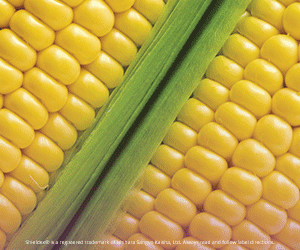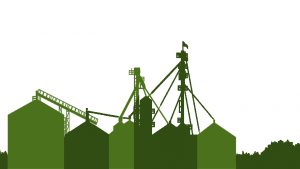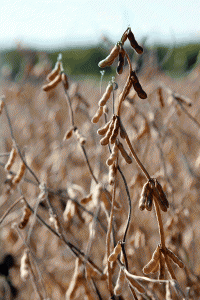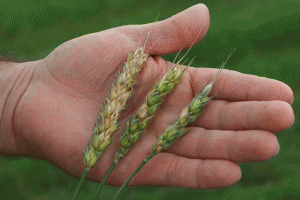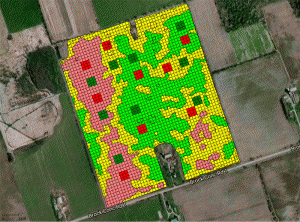What is soil health?
OBSERVATIONS FROM A RESEARCHERS AND AN AGRONOMIST
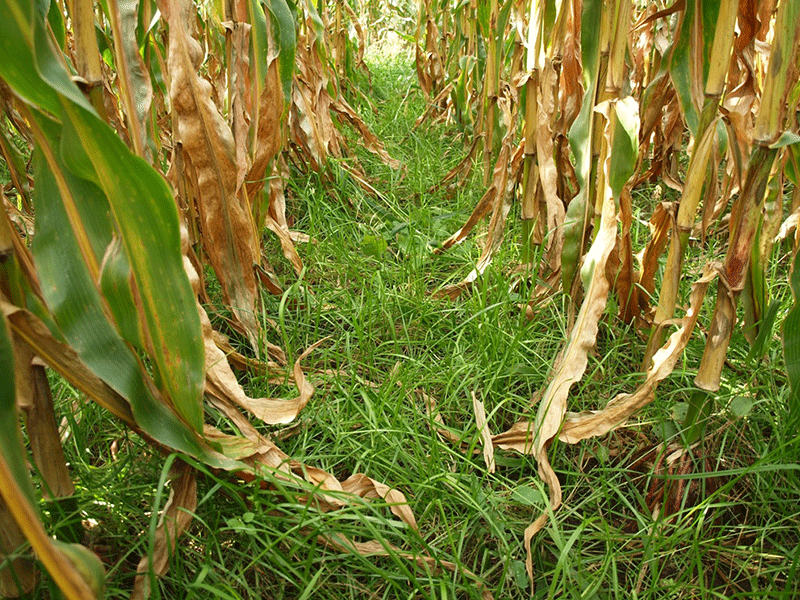
WHAT MAKES GOOD dirt has been a hot topic of conversation within the agriculture industry.
The terms ‘soil health’ and ‘soil quality’ are widely accepted to mean the same thing, although Cornell University suggests ‘soil quality’ more specifically refers to soil type and the properties that depend on soil use, while ‘soil health’ tends to better acknowledge soil as a living entity. The university also suggests that ‘soil health’ is typically favoured by farmers, while scientists generally prefer ‘soil quality’.
RESEARCHER
Dr. Laura Van Eerd of the University of Guelph Ridgetown Campus, says that in Ontario, she’s heard both terms used interchangeably in conversations with farmers who have had a long-term interest in soil health. She knows primary producers are intuitively familiar with their soils and many have been talking about soils capable of producing good crops, even in the tough years, for generations. By reporting what they observe in the field, farmers can usually single out where their soils are healthy and where they aren’t, without any help.
“Do they get good yields in that dry year? Is the ground easy to work? Is there less ponding? Less crusting?,” she asks. “Those are the tangibles that the grower can work with.”
One change Van Eerd is noticing in farmers is a growing desire to identify ways to measure soil health more quantitatively. Perhaps it’s an extension of the concept that you can’t manage what you can’t measure. Or, perhaps, it has more to do with how technology is changing what we can confirm about underground soil life.
“I guess if we look at our soil knowledge, our understanding of the diversity of life below ground has been possible because we’ve been able to do DNA sampling,” Van Eerd muses.
But for whatever reason, demand for a soil health test is high — which is why she’s spending so much time evaluating the accuracy of the Cornell and Haney soil tests here in Ontario.
“As a researcher, what I want to do is make sure that any tests that growers are using are valid for this region,” she says, “and preliminary results are indicating that they can detect differences in the soil, based on long term production practices.”
Both the Cornell and the Haney tests are different from traditional soil testing because they aim to quantify not only the chemical attributes of a soil sample but also physical and biological characteristics. The Cornell framework even goes on to identify specifics of a healthy soil to include good soil tilth, sufficient depth, good water storage and drainage, sufficient supply (but not an excess) of nutrients, a small population of plant pathogens and insect pests, a large population of beneficial organisms, low weed pressure, freedom from chemicals and toxins, is degradation resistant, and resilient in unfavourable conditions.
Until a suitable test can be validated, Van Eerd believes farmers will continue to keep a close eye on the organic matter content currently analyzed by commercial labs.
AGRONOMIST
Aaron Breimer, a certified crop advisor (CCA) and manager of Veritas Farm Business Management, agrees and notes that he’s observed this practice for years. As far as he’s concerned, farmers have a good understanding of organic matter, they’ve correlated deep, rich, dark soils that yield better with high organic matter content, and they love organic matter.
“In fact, when I sit down with a farmer to go over a soil test, the very first number they look at is organic matter,” Breimer says. “The problem is trying to move organic matter, and increasing it significantly is a huge challenge.”
Organic matter content is a very slow way to mark progress in terms of improved soil health. Without a lot of patience, or careful attention to short-term measurables (such as bulk density, porosity, or aggregate stability) farmers are trialing all sorts of practices without really knowing what help or harm those practices exert on their soil. But, measuring physical properties of soil health can be intensive.
To measure bulk density, for example, Breimer says you essentially have to dig a soil pit, remove a chunk of soil, dry it out, and weigh it to see how many grams per cubic centimeter are actually there. If compaction is a potential yield limiting factor for a farmer, determining bulk density is a worthwhile exercise that can actually identify compaction severity. Some experts would suggest a pentameter can also find compaction, but Breimer says that is just a great example of what assessing for soil health, the hard way, can really reveal.
“A pentameter is a great way to find layers of compaction, but not how compacted the actual layers are — unless you’ve got really nasty compaction,” he explains. “What we’ve been running into recently is, with people who have been doing vertical tillage, the soil is compacted but more at the soil surface, in that first six inches.”
That’s exactly the sort of thing an instrument like a pentameter will miss.
Agronomists that are out in the field, treating soil maladies like compaction, aren’t helped by the soil tests that are currently commercially available.
“Most soil tests are focused on the chemical components of soils,” he says, “but if you have a physical limitation to your soil, it really doesn’t matter how much fertilizer or where you put it, it won’t overcome your yield limiting factor.”
Evaluating soil health helps identify yield limiting factors and Breimer believes that helps him better provide farmers with strategies that support the longterm, sustainable use of soils as a resource. Knowing that, it seems like everyone he talks to wants to experiment with cover crops and vertical tillage to potentially improve their own soil health. That’s great, he says, but planting an entire field to cover crops without a minimum of three check strips is not practical research.
“I don’t think there is enough practical research being done on Ontario farms,” he says. “Farmers need to have a plan, they need to challenge what they’re doing, they need to see if there is a better way.” •


